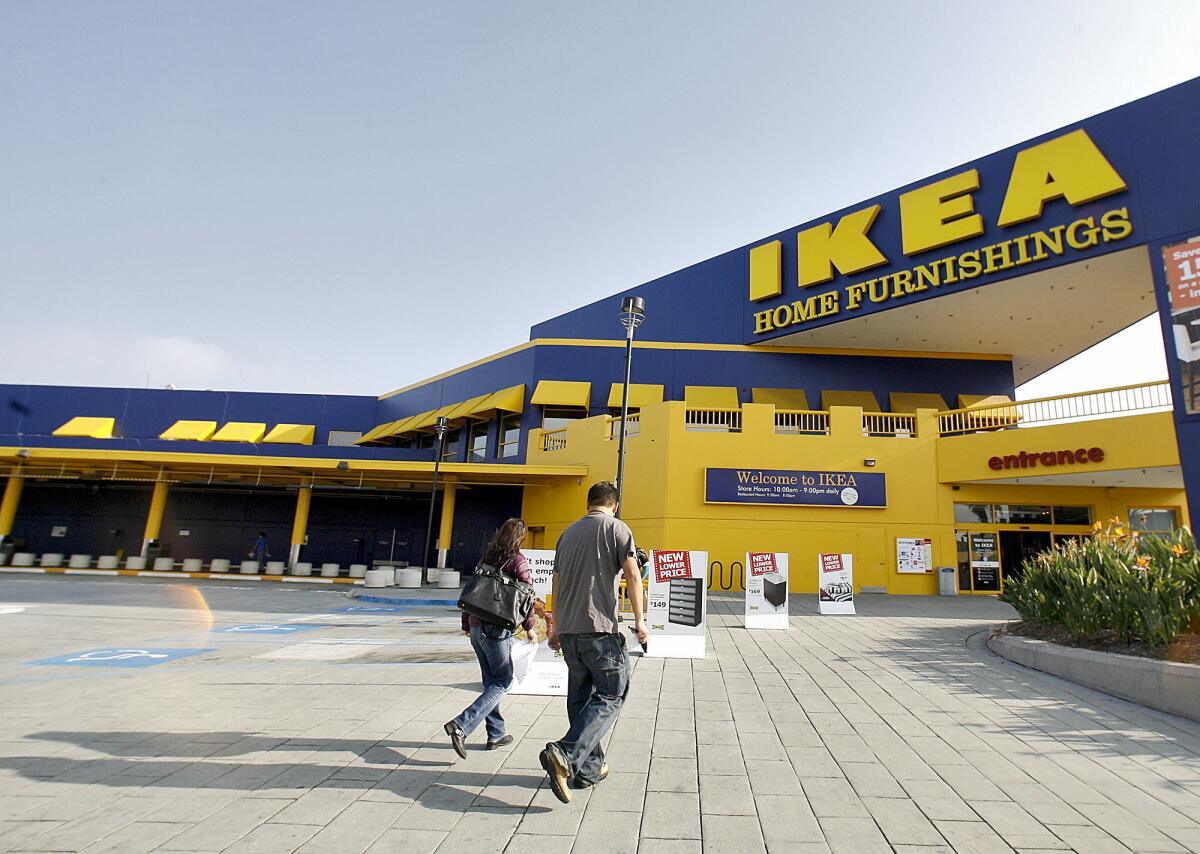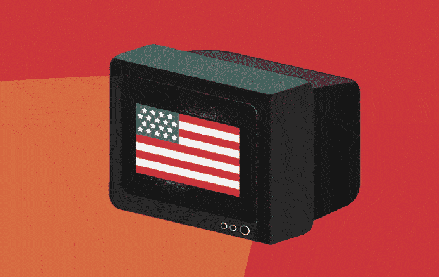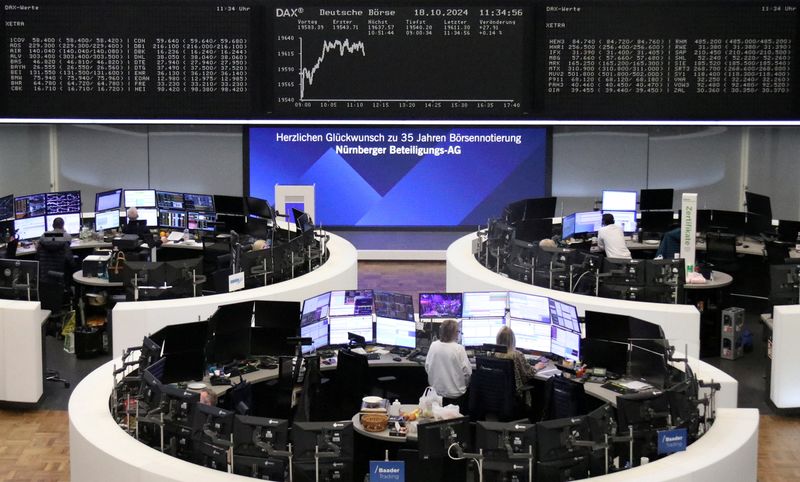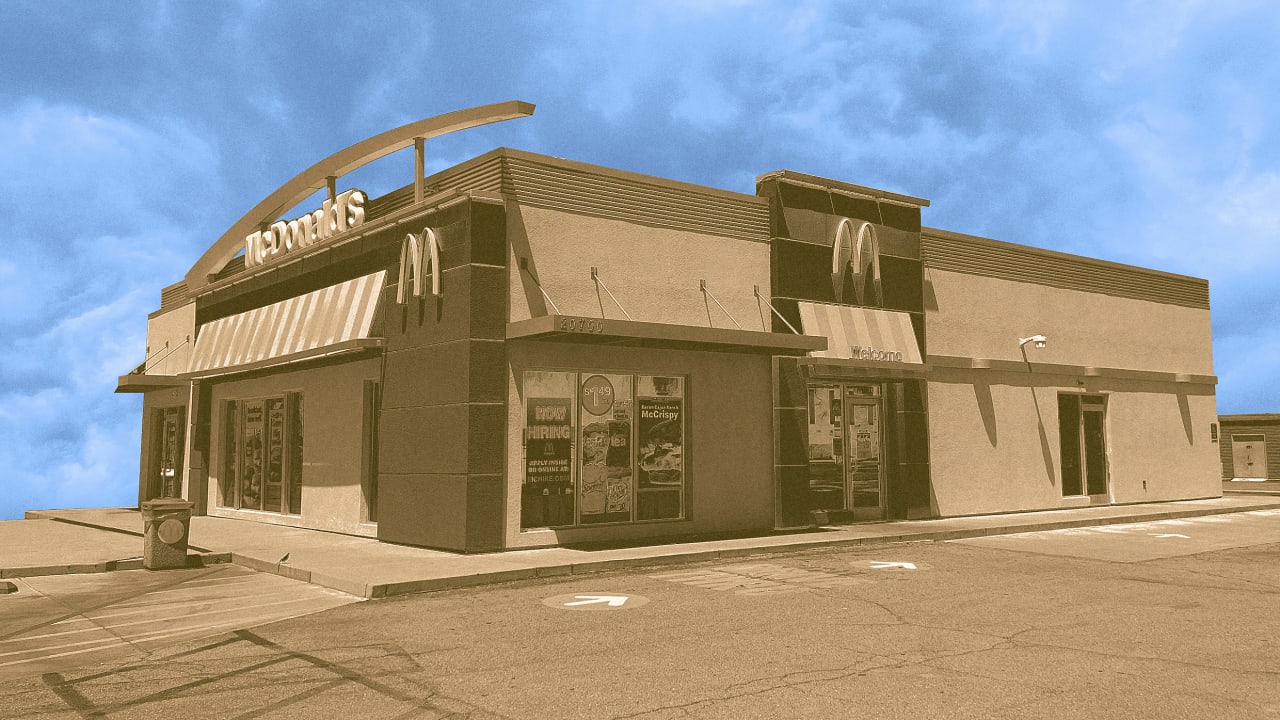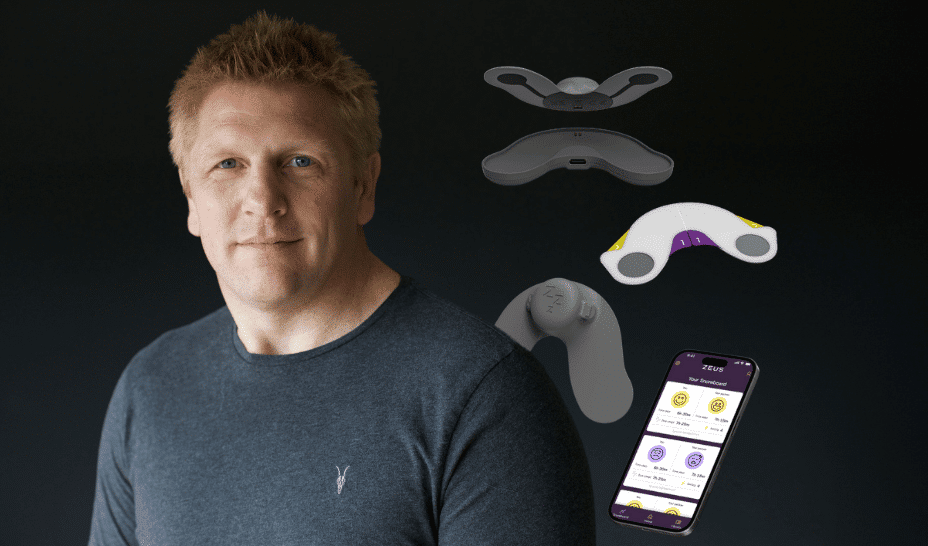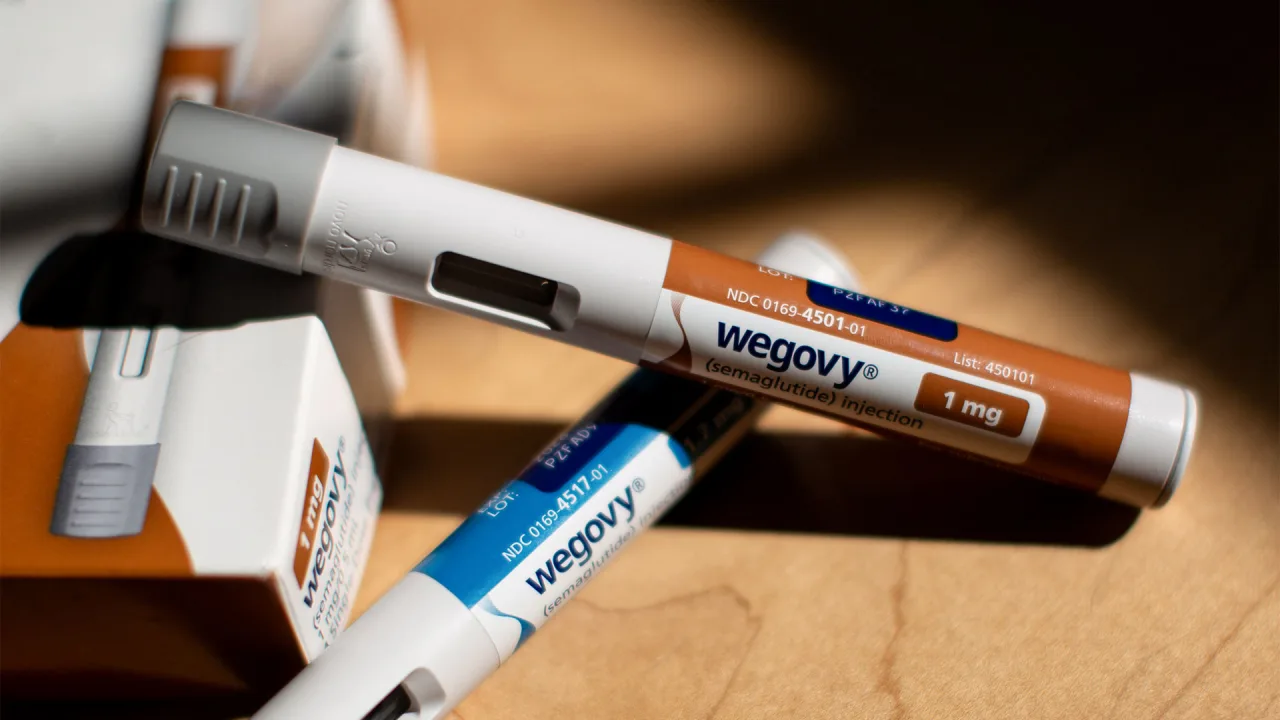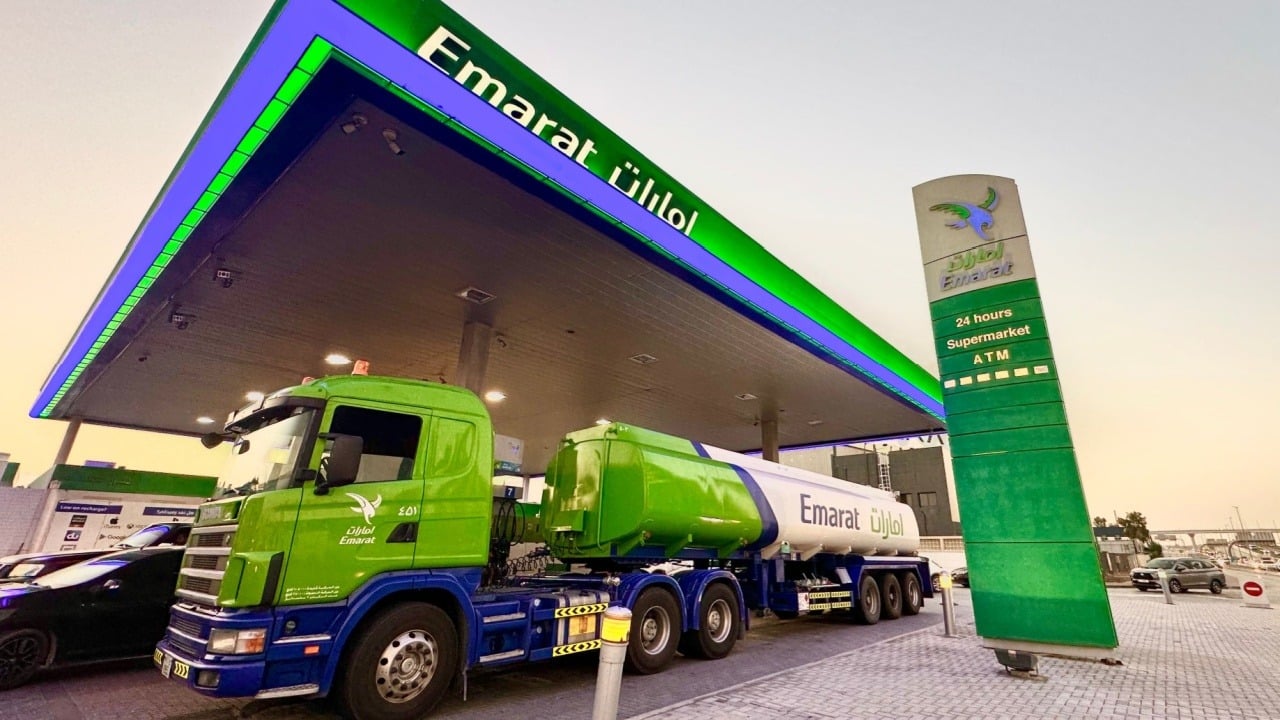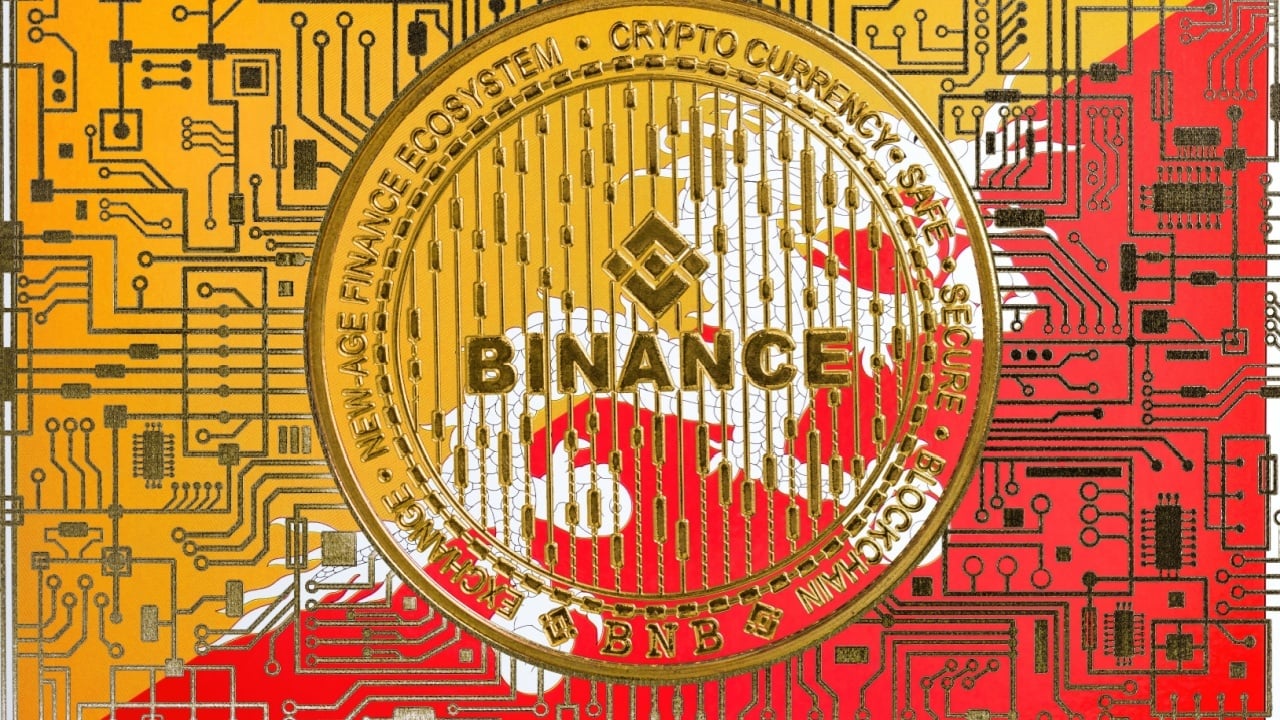Amazon unveils its first warehouse robot with a sense of touch
Amazon’s robots are really feeling it now. The tech giant this morning unveiled what it describes as its first warehouse robot with a sense of touch. The robot, dubbed Vulcan, uses force sensors and AI to handle and organize inventory with human-like precision, the company says. Vulcan is already running in Amazon fulfillment centers in Spokane, Wash., and Hamburg, Germany, with future deployments planned across Europe and the U.S. Amazon is facing growing competition from other retailers and tech companies that are also using robots to speed up warehouse work. At the same time, critics warn that too much automation… Read More


Amazon’s robots are really feeling it now.
The tech giant this morning unveiled what it describes as its first warehouse robot with a sense of touch. The robot, dubbed Vulcan, uses force sensors and AI to handle and organize inventory with human-like precision, the company says.
Vulcan is already running in Amazon fulfillment centers in Spokane, Wash., and Hamburg, Germany, with future deployments planned across Europe and the U.S.
Amazon is facing growing competition from other retailers and tech companies that are also using robots to speed up warehouse work. At the same time, critics warn that too much automation could put jobs at risk or create new safety problems.
The company says the goal is not just to boost efficiency but also to make its fulfillment centers safer, helping its human workers, not replacing them. Amazon has steadily ramped up its deployment of warehouse robots in recent years
Vulcan is the latest example. The company says the new robot is designed to reduce repetitive strain by taking on physically demanding tasks that often require workers to stretch, bend, or reach in awkward ways.
The robot mimics human touch to handle items in warehouse bins, using a specialized tool with force feedback sensors to sense contact and pressure.
Amazon describes the mechanism on the end of the arm as “a ruler stuck onto a hair straightener.” One part pushes items around to make space, while paddle-like arms gently grip and insert new items using tiny conveyor belts.
For picking items, another of the robot’s arms uses a camera and a suction cup to identify, target, and extract items without grabbing anything extra.

